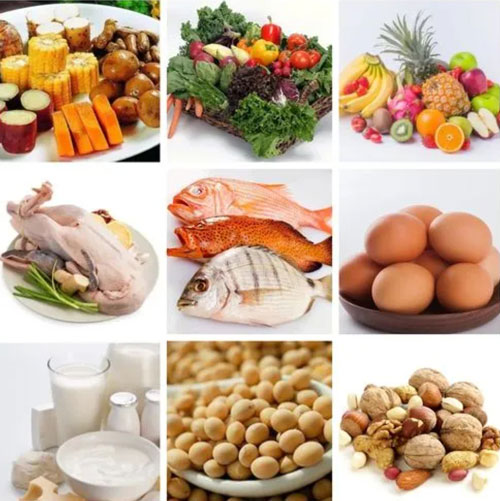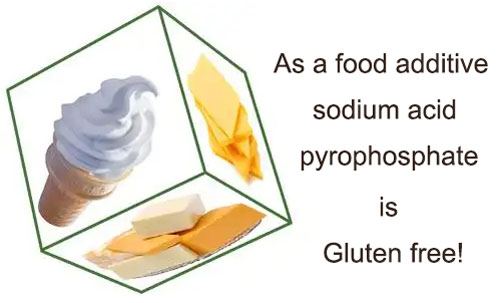I. Understanding Gluten Free Diet
Gluten free diet has gained significant attention in recent years due to its importance for people with certain health conditions. Gluten is a protein found in wheat, barley, rye, and their derivatives. For individuals with celiac disease, non-celiac gluten sensitivity, or wheat allergy, consuming gluten can cause a wide range of symptoms and damage to the digestive system.

A gluten free diet is essential for these individuals as it helps manage their symptoms and prevent long-term health complications. By avoiding gluten, people with celiac disease can reduce inflammation in the small intestine and improve nutrient absorption. Those with non-celiac gluten sensitivity may experience relief from symptoms such as abdominal pain, bloating, and diarrhea.
The popularity of gluten free diets has also led to an increase in the availability of gluten-free products. However, it’s important to note that not all products labeled as “gluten-free” are truly free of gluten. Consumers need to be vigilant and read labels carefully to ensure that the products they are purchasing are safe for their specific dietary needs.
In conclusion, understanding the concept of a gluten-free diet and its importance is crucial for those with gluten-related health issues. It can improve their quality of life and help them manage their condition effectively.
II. Gluten-Free Ingredients and Products
Gluten-free foods encompass a wide range of options.

- Corn is another common gluten-free ingredient. Cornmeal, popcorn, and corn tortillas are popular choices. Tapioca, a starch derived from cassava root, is often used in gluten-free baking as a thickener or to replace wheat flour.
- Fruits and vegetables are naturally gluten-free. Bananas, apples, oranges, carrots, broccoli, and many more are safe choices. Meats such as chicken, beef, and pork are also gluten-free as long as they are not processed with gluten-containing ingredients.
- Dairy products like milk, cheese, and yogurt are typically gluten-free, although it’s important to check labels for added flavors or thickeners that may contain gluten.
- Nuts and seeds are another great source of gluten-free nutrition. Almonds, walnuts, peanuts, and sunflower seeds can be enjoyed on their own or added to meals. Legumes like beans, lentils, and peas are also gluten-free and provide a good source of protein.
- Rice is a staple in many gluten-free diets. Both white and brown rice are naturally free of gluten. Quinoa is a highly nutritious grain-like seed that is also gluten-free. It is rich in protein and contains all nine essential amino acids.
IV. Sodium Acid Pyrophosphate and Gluten Status
Sodium acid pyrophosphate ( click to know what is sodium acid pyrophosphate ) is a chemical compound commonly used in food processing. To determine whether it contains gluten, we need to understand what is Sodium acid pyrophosphate, its origin, and its properties.
Sodium acid pyrophosphate is typically synthesized through chemical processes and does not contain any ingredients derived from wheat, barley, rye, or their derivatives. Gluten is a protein found specifically in these grains.

As a result, sodium acid pyrophosphate is considered gluten-free. This is important for individuals following a gluten-free diet as they can safely consume products that contain this additive without worrying about gluten exposure.
However, it’s crucial to note that even though sodium acid pyrophosphate itself is gluten-free, the products in which it is used may not necessarily be gluten-free. For example, if a food product contains other ingredients that are derived from gluten-containing grains, it will not be suitable for those on a gluten-free diet.
In addition, manufacturers may sometimes use shared equipment or processing facilities for both gluten-containing and gluten-free products. This can lead to cross-contamination and potentially make a product that is supposed to be gluten-free unsafe for consumption by people with gluten sensitivities.
To ensure the safety of gluten-free products that may contain sodium acid pyrophosphate, consumers should look for products that are certified gluten-free by a reliable third-party organization. These certifications indicate that the product has been tested and found to meet strict gluten-free standards.
Overall, while sodium acid pyrophosphate is gluten-free on its own, consumers need to be vigilant and read product labels carefully to ensure that the overall product is safe for their gluten-free diet.
Related article:

